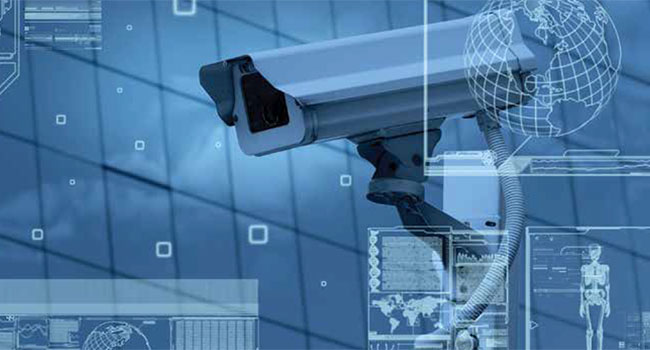
Security Industry Association Announces the 2022 Security Megatrends
The Security Industry Association (SIA) has identified and forecasted the 2022 Security Megatrends, which form the basis of SIA’s signature annual Security Megatrends report defining the top 10 factors influencing both short- and long-term change in the global security industry.
SIA’s 2022 Security Megatrends were selected based on fall 2021 survey data gathered from hundreds of top security industry business leaders, association leadership, key volunteers and speakers for the 2021 Securing New Ground (SNG) conference, which took place Oct. 28 as a virtual event.
Each year, SIA produces the Security Megatrends report, which is made available for free to SIA member companies and registered attendees of SNG, the security industry’s executive conference. The Security Megatrends are the top forces at play in security, shaping executives’ business decisions and expected to have far-reaching impacts on businesses across the industry. These trends play an instrumental role in the insights and discussions at SNG, which brings together the leading entrepreneurs, luminaries, CEOs and investors in the security industry for top-quality information sharing, networking and business analysis.
For the second year in a row, the 2022 SIA Megatrends report identified artificial intelligence (AI) as the predominant trend shaping the security industry, as companies have embraced the technology’s promise through advanced audio analytics, complex facial recognition, cutting-edge video surveillance scene processing and robotics and drones. Also for the second year in a row, cybersecurity ranked No. 2, a major market differentiator and a top concern for industry firms, with the constant threat of security solutions being targeted by ransomware or government or critical infrastructure security systems being impacted by nation state hacks. Third on the list was supply chain assurance, with industry-wide concerns around logistics challenges and the ability to put full trust in the security of installed devices, software and solutions.
Newer trends on the list signal a positive mindset shift within the security industry toward protecting people’s privacy and making the world healthier and more open, with increased interoperability ranking sixth, data privacy at No. 7 and health and sustainability in the tenth spot.
The 2022 Security Megatrends are:
1. AI
2. Cybersecurity
3. Supply Chain Assurance
4. Service Models and the Cloud
5. Workforce Development
6. Increased Interoperability
7. Data Privacy
8. Security as Proptech
9. Expanded Intelligence Monitoring
10. Health and Sustainability
“Artificial intelligence continues to reign as the top Security Megatrend for 2022, with cybersecurity closely following at No. 2. The emerging trends of data privacy, increased interoperability and health and sustainability show the industry is more cognizant of how security solutions shape the world and is committing to stronger ethical standards,” said Pierre Trapanese, chair of the SIA Board of Directors. “In the past year and a half, SIA has worked to foster these positive changes through efforts like adopting the SIA Membership Code of Ethics to promote the highest standards of conduct among members, releasing policy principles for the responsible and effective use of facial recognition technology and developing the SIA Privacy Code of Conduct to help companies enhance their management of personal information.”
In addition to defining the latest Security Megatrends, the 2022 forecast report shares executive perspectives on key industry challenges and disruptors, as well as predictions for how trends will play out over the next year.
View and/or download the official 2022 Security Megatrends report here.